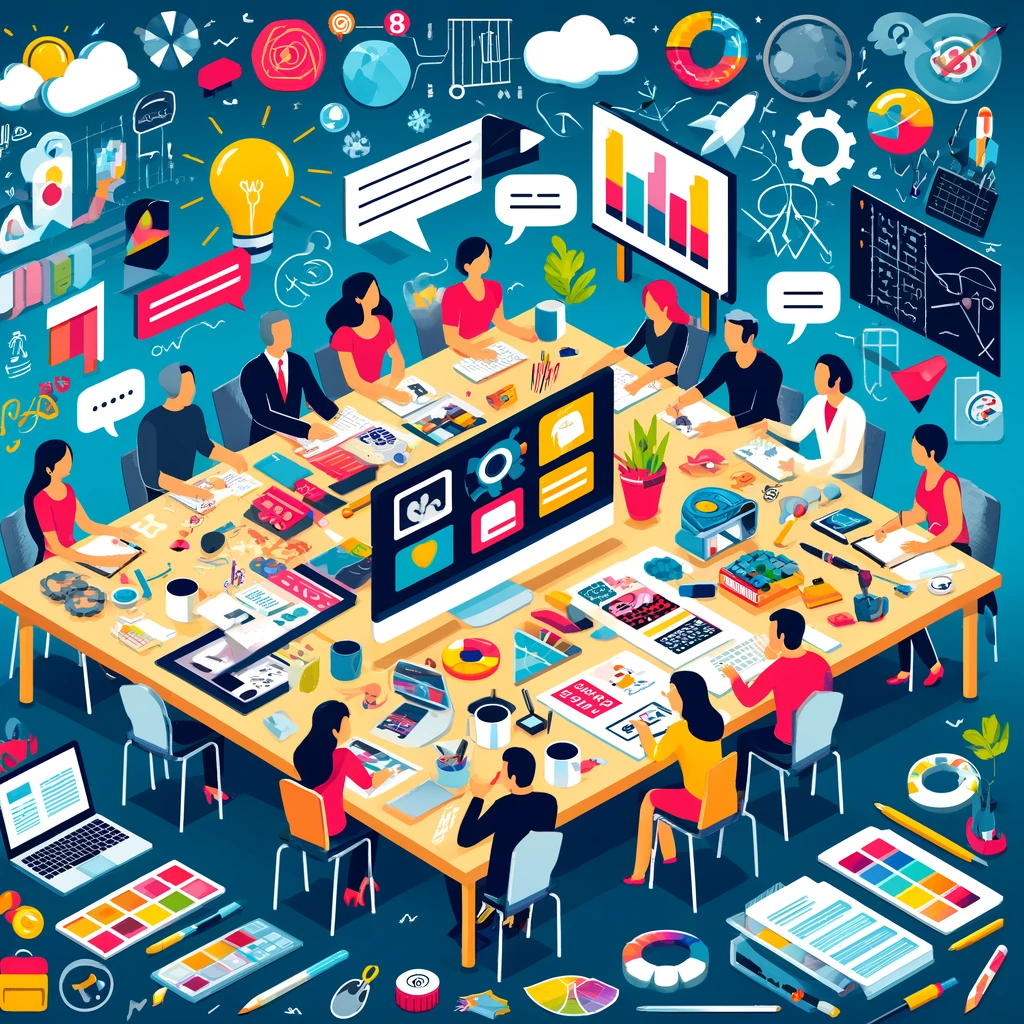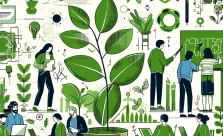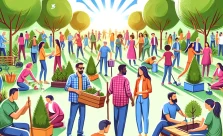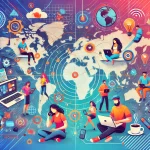Good collaboration between translators and graphic designers is crucial for creating high-quality, cohesive content that is both visually appealing and linguistically accurate. Here are some key aspects that describe effective collaboration between these professionals:
Clear Communication
– Shared Goals: Both translators and graphic designers need to understand the project’s objectives, target audience, and key messages. This ensures that the visual and textual elements are aligned.
– Regular Meetings: Frequent check-ins help both parties stay on the same page, address any issues early, and adjust plans as needed.
– Feedback Loop: Constructive feedback should be exchanged regularly. Translators can provide insights into cultural nuances and linguistic accuracy, while graphic designers can suggest visual improvements.
Understanding Each Other’s Roles
– Translators: They ensure that the text is accurately translated, culturally appropriate, and conveys the intended message.
– Graphic Designers: They focus on the visual layout, ensuring that the design elements enhance the readability and overall appeal of the content.
– Mutual Respect: Each professional should respect the other’s expertise and contributions, recognizing that both are essential to the project’s success.
Collaborative Tools and Technologies
– Design Software: Tools like Adobe Creative Suite (Illustrator, Photoshop, InDesign) are commonly used by graphic designers and should be accessible to translators for reference.
– Translation Tools: CAT tools (Computer-Assisted Translation) like SDL Trados or memoQ help maintain consistency and can be integrated with design workflows.
– Project Management: Platforms like Trello, Asana, or Slack facilitate smooth communication, task management, and file sharing.
Workflow Integration
– Early Involvement: Translators should be involved in the project from the beginning to provide input on text length and potential translation challenges, which can impact the design.
– Iterative Process: Both parties should be prepared to make multiple revisions. Translators may need to adjust text to fit the design, and designers might need to tweak layouts to accommodate longer or shorter translations.
– Localization: Designers should be aware of localization needs, such as text direction (e.g., left-to-right for English, right-to-left for Arabic) and cultural differences in imagery and color schemes.
Examples of Good Practices
– Mockups and Prototypes: Creating initial mockups with placeholder text allows translators to understand the design context and provide more accurate translations.
– Style Guides: A shared style guide ensures consistency in terms of terminology, tone, and visual elements.
– Responsive Design: Both text and design should be adaptable to various formats, such as mobile and desktop views, ensuring a seamless user experience across platforms.
Benefits of Good Collaboration
– Enhanced Quality: When translators and graphic designers work closely, the final product is more polished, accurate, and engaging.
– Efficiency: Clear communication and well-integrated workflows reduce the time spent on revisions and rework.
– Cultural Relevance: Effective collaboration ensures that both the visual and textual elements resonate well with the target audience, respecting cultural nuances and preferences.
By fostering a collaborative environment where both translators and graphic designers can contribute their expertise, projects are more likely to be successful, delivering high-quality, culturally relevant, and visually appealing content.










Leave a Reply